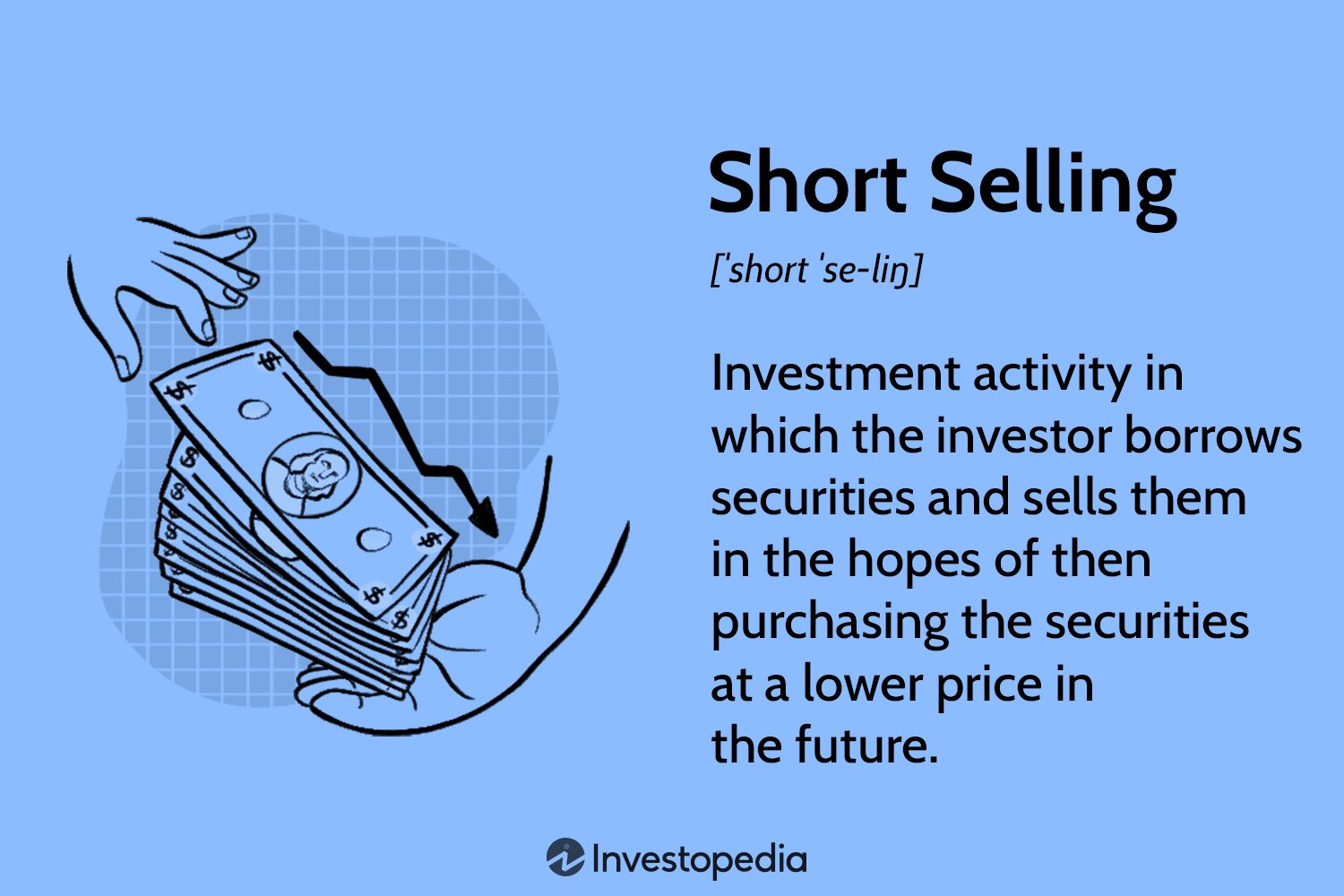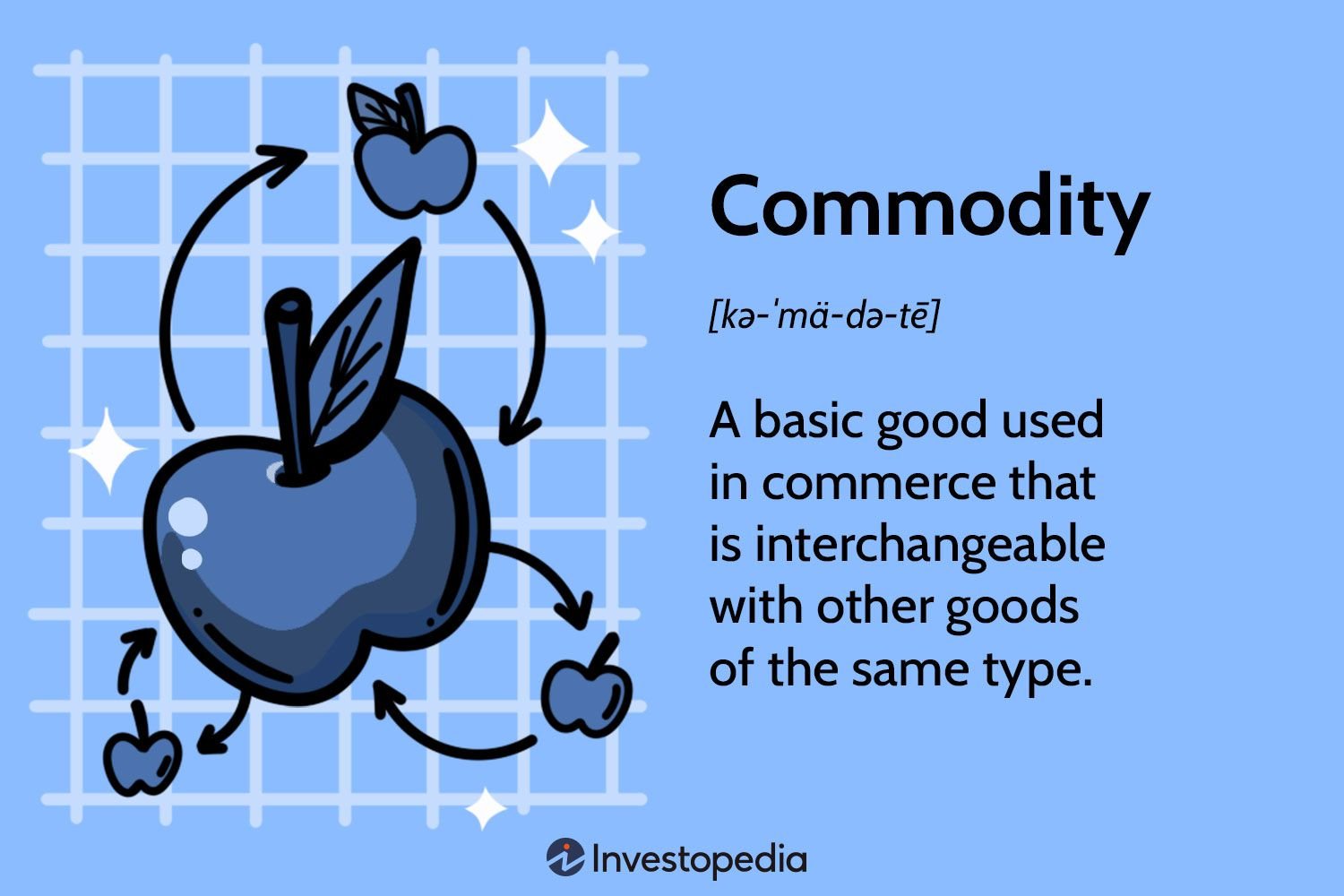Short selling in the stock market can be a complex concept to grasp, but fear not! This article aims to demystify the practice and provide you with a clear understanding of how it works. By the end of this brief read, you’ll have a solid foundation on the ins and outs of short selling in the stock market. So, let’s dive right in and explore this intriguing aspect of investing that has the potential to drive profits even when prices are falling. Understanding short selling in the stock market will open up a whole new world of trading possibilities for you.
Understanding Short Selling in the Stock Market
Investing in the stock market can be a lucrative endeavor, but it also comes with its own set of risks. While most people are familiar with the concept of buying stocks and holding onto them in the hopes of their value increasing, there is another strategy that is less well-known but equally important – short selling. In this article, we will dive into the world of short selling, exploring what it is, how it works, and the potential risks and rewards associated with this investment strategy.
What is Short Selling?
Short selling, also known as shorting or going short, is a trading strategy that allows investors to profit from the decline in a stock’s price. In simple terms, short selling involves borrowing shares of a stock from a broker, selling them on the open market, and then repurchasing them at a later date to return them to the lender.
The process of short selling can be summarized in four steps:
- An investor borrows shares of a stock from their broker.
- The investor immediately sells the borrowed shares on the market at the prevailing market price.
- As time passes, the investor hopes that the stock’s price decreases.
- When the investor decides to close their short position, they repurchase the shares at a lower price and return them to the lender, making a profit from the difference.
Example:
Let’s say you believe that the shares of Company XYZ, currently trading at $100 per share, are overvalued and will decline in the near future. You decide to employ a short selling strategy.
You borrow 10 shares of Company XYZ from your broker and immediately sell them on the market for a total of $1,000. One month later, the price of Company XYZ’s shares has dropped to $80 per share. You decide to close your short position and repurchase the 10 shares at $800. You return the shares to your broker, pocketing the $200 difference as your profit (minus any transaction costs).
Why Do Investors Short Sell?
Short selling provides investors with a way to profit from stocks they believe are overvalued or will decline in price. It allows them to take advantage of downward trends in the market and potentially generate profits in bearish market conditions. Some common reasons why investors may choose to short sell includes:
- Speculating on a stock’s decline: Investors who believe a particular stock is overvalued can use short selling to bet on its decline. If their prediction is correct, they can repurchase the shares at a lower price, realizing a profit.
- Hedging against market risks: Hedge funds and institutional investors often utilize short selling as a hedging strategy to offset potential losses in their long positions. By shorting stocks, they can mitigate their exposure to market downturns.
- Arbitrage opportunities: Short selling can also be used to take advantage of pricing discrepancies between related securities. For example, an investor may short sell a stock while simultaneously going long on its competitor, expecting the former to decline and the latter to rise.
The Risks of Short Selling
While short selling has the potential for profits, it also carries significant risks that investors must be aware of. These risks include:
Unlimited Losses
Unlike traditional long positions where the maximum loss is limited to the initial investment, short selling has the potential for unlimited losses. If the stock price increases significantly, the short seller may be forced to buy back the shares at a higher price, resulting in substantial losses.
Short Squeeze
A short squeeze occurs when a heavily shorted stock experiences a rapid increase in price. In this scenario, short sellers scramble to close their positions, driving the stock price even higher as they compete to buy shares. This can lead to significant losses for short sellers who are unable to close their positions quickly enough.
Margin Calls
When shorting stocks, investors typically borrow funds from their broker to execute the trade. If the trade moves against them and the value of the short position increases, the broker may issue a margin call, requiring the investor to deposit additional funds to cover potential losses. Failure to meet a margin call can result in the forced closure of the short position at unfavorable prices.
Limited Availability
Not all stocks are available for short selling, as brokers often have restrictions on which stocks can be borrowed. Additionally, the supply of available shares for shorting may be limited, leading to higher borrowing costs or the inability to execute the short sale altogether.
Regulation and Short Selling
To ensure market stability and prevent abuse, short selling is subject to regulations imposed by regulatory bodies like the Securities and Exchange Commission (SEC) in the United States. These regulations include:
- Short Sale Price Test: Some stock exchanges impose short sale price tests, such as the “uptick rule” or “circuit breaker,” which require that a short sale can only be executed on an uptick or when the stock price is rising.
- Reporting Requirements: Investors and brokers are required to report short positions to regulatory bodies periodically.
- Naked Short Selling Restrictions: Naked short selling, which involves short selling shares that have not been properly borrowed or located, is subject to restrictions to prevent market manipulation and failures to deliver.
It is important for investors to familiarize themselves with these regulations and comply with all applicable rules when engaging in short selling.
Short selling is a trading strategy that allows investors to profit from a decline in a stock’s price. It provides an alternative approach to investing, allowing investors to potentially generate profits in bearish market conditions. However, short selling also carries significant risks, including unlimited losses and the potential for short squeezes. It is essential for investors to understand these risks, conduct thorough research, and comply with regulations when engaging in short selling. By doing so, investors can make informed decisions and navigate the complexities of the stock market with confidence.
How Short Selling Works
Frequently Asked Questions
Frequently Asked Questions (FAQs)
What is short selling in the stock market?
Short selling refers to a trading strategy where an investor borrows and sells a stock with the expectation that its price will decline. The investor aims to buy back the stock at a lower price to make a profit.
How does short selling work?
In short selling, an investor borrows shares from a broker and immediately sells them on the market. If the stock price drops, the investor buys back the shares at the lower price and returns them to the broker, pocketing the difference as profit. However, if the stock price rises, the investor may incur losses.
Why would someone engage in short selling?
Investors engage in short selling for various reasons. They may believe that a particular stock is overvalued or that the market is entering a downturn. Short selling also allows investors to hedge their positions or generate profit in a falling market.
What are the risks associated with short selling?
Short selling involves significant risks. If the stock price rises instead of falling, the investor may face unlimited losses. Additionally, there is a risk of margin calls, where the broker demands additional funds to cover potential losses if the investor’s position moves against them.
Are there any restrictions on short selling?
Yes, there are restrictions on short selling to prevent market manipulation. Regulatory bodies may impose short sale rules, such as uptick rules or circuit breakers, to ensure fair and orderly markets. These rules may limit short selling during market declines or restrict short selling on specific stocks.
Who typically engages in short selling?
Short selling is commonly practiced by professional traders, hedge funds, and institutional investors. However, individual investors can also engage in short selling if their brokerage accounts allow them to borrow shares.
Can short selling be used for long-term investments?
Short selling is primarily a short-term trading strategy. It is typically used as a means to profit from a falling market or to hedge existing positions. Long-term investors usually focus on buying and holding stocks, rather than engaging in short selling.
How can I learn more about short selling?
To learn more about short selling, you can explore educational resources provided by reputable financial websites, read books on trading strategies, or attend seminars/webinars conducted by experienced traders. Additionally, consult with a financial advisor or broker who can provide guidance specific to your investment goals.
Final Thoughts
Understanding short selling in the stock market is crucial for investors looking to maximize their knowledge and make informed decisions. Short selling involves the sale of borrowed stocks, with the expectation that their value will decline. By grasping the concept, investors can employ it as a potential strategy to profit from falling stock prices. Short selling can serve as a hedge against market downturns or even as a means of speculating on a particular stock or sector’s decline. Ultimately, understanding short selling empowers investors to navigate the complexities of the stock market and make more informed investment choices.



